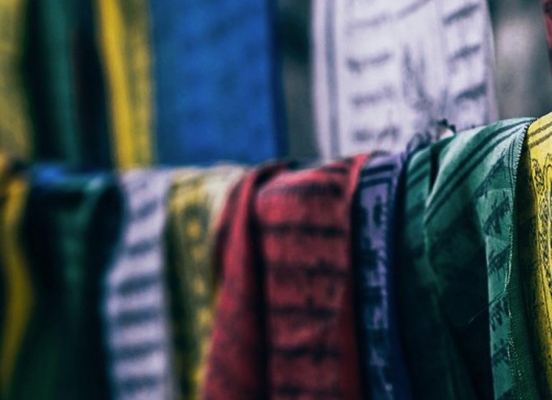Removal of Chemical Dye from Textile Wastewater
Case Study Background
Second, only to the oil industry, fashion is now the largest source of pollution on the planet. The manufacturing of textiles can take up to 200 tons of freshwater per ton of dyed fabric, so inevitably there is a vast amount of wastewater produced as a result of the process.
According to the World Bank, dyeing and treatment of garments make up roughly 17-20% of all industrial water pollution. Chemicals are used in almost every step of the process, from fibre production, dyeing, bleaching, and the wet processing of each garment.
The search for an eco-friendly water technology

As a result, more and more companies are now looking to environmentally friendly processes such as Arvia’s Nyex™ technologies which remove the chemicals, colour and overall Chemical Oxygen Demand (COD) from dye manufacturing facilities and textile processing wastewaters.
During this trial, we worked with an environmentally conscious textile company who was concerned about the effluent they were discharged due to its high dye content and visible colour. If coloured wastewater is discharged to nature, photosynthesis activity is limited. This is proven to cause detrimental effects on aquatic ecosystems.
The Objectives

The on-site trial aimed to assess the performance of Nyex™ in treating dye wastewater as part of an integrated treatment process. Nyex™ was partnered with a biological step upstream, plus a UF and a Reverse Osmosis (RO) process placed downstream to enable safe water reuse for the client.
This client not only had regulatory enforcement to reduce dye from their water but also had ambitious sustainability targets and is aiming to reuse as much of their process water as possible in a bid to protect the environment, save water consumption and operational spend.
The Solution
Arvia supplied two different Nyex™ products to this water treatment solution: Nyex™-a and Nyex™-e.
Nyex™-a process

The Nyex™-a process combines adsorption with advanced oxidation in a modular unit. Organic chemicals are concentrated on the surface of Arvia’s adsorption media, which is non-porous with high electrical conductivity. This patented media allows for targeted and continuous oxidation of organic contamination.
Unlike granular activated carbon (GAC), Arvia’s adsorption media is effectively regenerated in-situ and the process can continue without interruption or replacement. Results are achieved without chemical dosing or the generation of sludge, reducing costs in terms of transport of chemicals and specialist waste disposal.
Nyex™-e process
The Nyex™-e process is solely an electrochemical oxidation process which manages industrial water with higher contamination loading. The system produces powerful hydroxyl (OH*) radicals. These hydroxyl radicals are strong oxidants which remove organic compounds present in the water using electricity, rather than dosing with chemical oxidants such as hydrogen peroxide or Fenton reagent.
Both Nyex™ products provide chemical-free and environmentally sound solutions. They are a modular design and can be integrated into an existing treatment process alongside other technologies to improve treatment capacity.
Treatability Trial

A laboratory-scale version of the Nyex™-e treatment system was initially tested in partnership with the customer as part of a Treatability Trial. This is a service offered by Arvia to provide accurate product sizing and energy consumption estimations, ensuring that optimal conditions are selected to treat the contaminated water for its intended use before any capital investment.
The Results
The main target for this set of trials was to reduce the colour as much as possible.
Recirculation trial results for Nyex™-e system on-site.
Trials were conducted in recirculation mode on the Nyex™-e system. During the trial, the colour of wastewater was reduced to 472 (Pt-Co Apparent) from an initial colour of 1755 (Pt-Co Apparent) which was measured at the beginning of the trial.
This required a hydraulic residence time of approximately 5.4 minutes with an energy consumption of 9.4 kWh/m3. The trial treatment profile is shown in Figure 1.
Colour removal results from Nyex™-e system recirculation trial
The point at which the curve crosses the red line is when the colour removal is deemed sufficient.
Figure 2, shows the visible colour removal for the recirculation trials for the Nyex™-e system. Highlighted in red is the point at which Arvia considers the colour removal sufficient due to the transparency of the wastewater. Moreover, around 100 mg/L COD removal was also achieved.
This client now has an efficient and reliable option to prevent damage to the environment and safely reuse their process water on-site.
To know more, please check Arvia.

